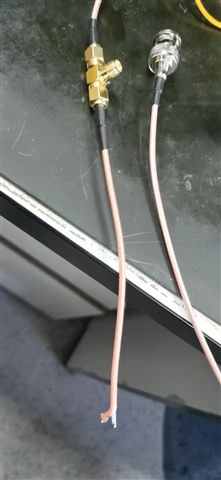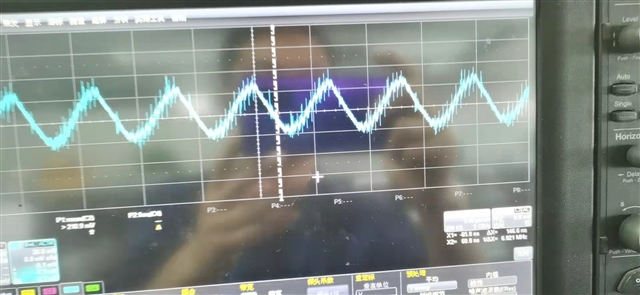Other Parts Discussed in Thread: OPA2354, THS4520
Hi, Expert
my customer use THS4541 in optical module, and have an application issue.
application: THS4541 convert AC single-ended signal into a differential signal. the signal is photogene rated current of pd from TIA.
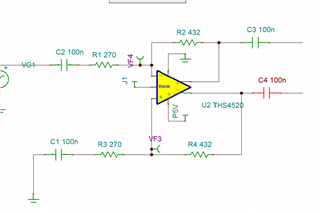
PCB:

issue:
vin + ---> FB-_1 resistance is disconnected, the capacitor of output to the next stage is also disconnected, and a nearly 60MHz signal can be measured at the pin of FB-_1
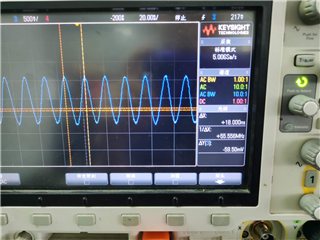
in the simulation tools, customer also could see this issue
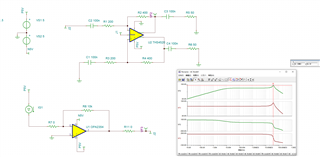
any advice?
BR
Chi



